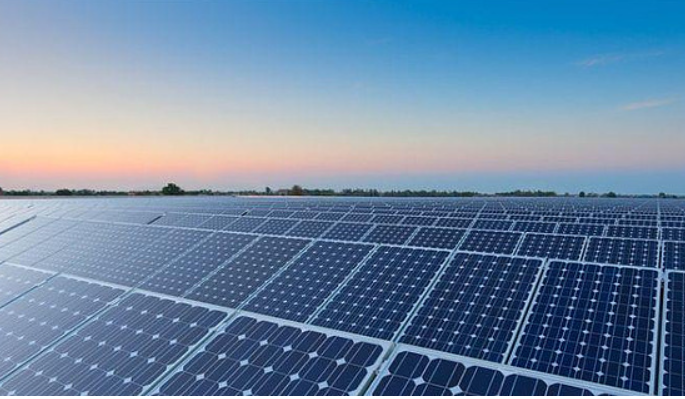
(JW Insights) Jul 6 -- The vast majority of the solar panels on which the world will spend more this year than on oil will come from China, which manufactures 80 per cent of all the solar panels produced globally. China’s dominance is even more pronounced when one examines the entire supply chain, Financial Times reported on June 22.

According to the International Energy Agency, China produces 85 per cent of the global supply of solar cells, 88 per cent of solar-grade polysilicon, and 97 per cent of the silicon ingots and wafers that form the core of solar cells.
Global spending on solar energy production in 2023 will for the first time in history outpace spending on oil production: $380bn on solar compared with $370bn on oil, as the IEA notes.
China’s rise to dominance in solar has been rapid. In 2005, Europeans led this race, with Germany accounting for a fifth of global solar manufacturing. By 2010, while Europe installed eight out of every 10 solar panels in the world, it produced only one. This year, China will make eight of every 10 solar panels produced worldwide and add five of those to its grid. In 2023 alone, China will install more new solar capacity than the US has deployed since Americans bought their first panels in the early 1970s.
The factors driving China’s success in this arena are the same ones that have made it the uncontested manufacturing workshop of the world. These include low-cost capital, rapid regulatory approvals, protection from foreign competition, lower labour costs, an unparalleled network of suppliers, and fast-growing domestic demand.
Both the US and Europe have pledged to cut emissions in half by 2030 and to reach net zero by 2050. To achieve these goals, the lion’s share of these emission reductions will have to come from the shift from hydrocarbons to solar power.
The US Inflation Reduction Act includes up to $100bn in subsidies for manufacturers of solar panels and residential consumers, plus as much as another $100bn in tax credits. The EU is on track to outspend the US on green subsidies — the bulk of which go to solar. But given the size of these markets, it is unrealistic to expect that this will have any significant impact on industry trend lines.
While it is painful to recognise and may be politically unacceptable to say so, the brute fact is that in solar, as in other green technologies including electric vehicles, the west’s green future will be red. To be dependent on a nation the EU has declared a “systemic challenge” and the US sees as its principal rival is troubling. Nonetheless, the larger truth is that Europeans, Americans and Chinese inhabit a small planet. Unconstrained greenhouse gas emissions from any of the three can so disrupt the climate that no one can live in it.
To ensure their own citizens’ survival, the leaders of these nations will have to find ways to co-operate alongside the imperative to compete, according to the report from Financial Times.
RELATED
-
Apple’s Chinese supplier Luxshare Precision gives up $330 million investment in India
11-20 17:28 -
European Commission President von der Leyen will visit China in wake of the EU’s ongoing probe into China’s subsidies on EV industries
11-20 16:59 -
Local governments in China come up with policies to support AI development in 2023
11-17 19:12
READ MOST

No Data Yet~







